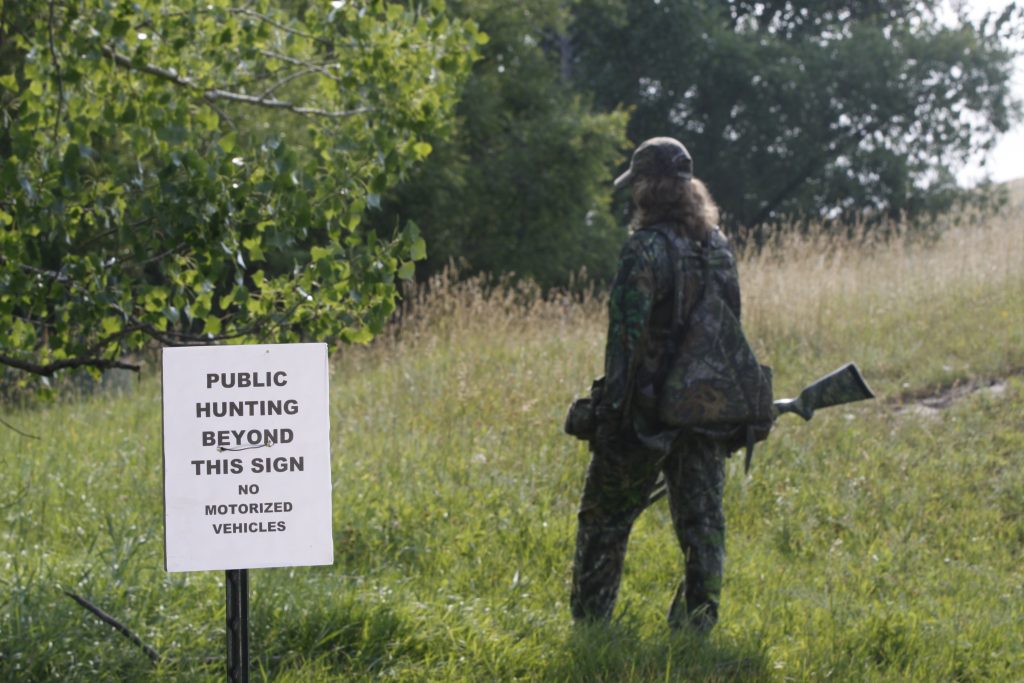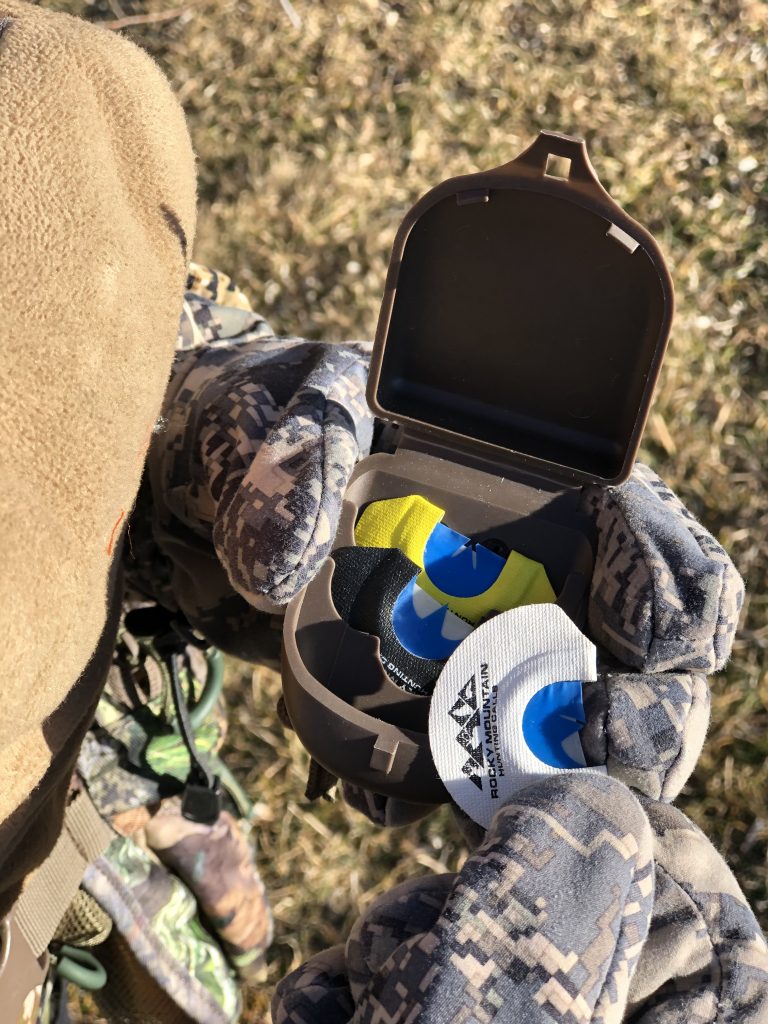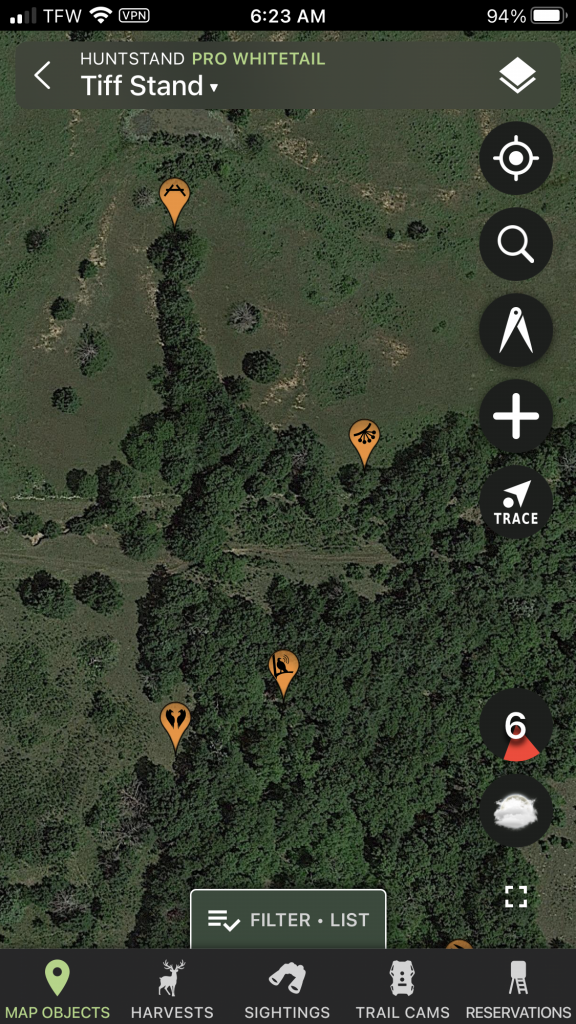Same Farm, Same Birds: Swap your Turkey Tactics
Don’t repeat failed strategies and expect better results. Shake up your approach, calling and decoy strategies to throw wary gobblers a change-up.
One, two, three, four. This was my fifth visit to the 120-acre property, much of which consisted of pasture land. The turkeys and I were on a first-name basis. I knew where they roosted, and they understood where human activity bustled. Knowing the local pair of toms had so far ignored my standard move, I sat on a log to map out a new approach. This time, I would do everything the opposite of my previous hunts to change the outcome.
Whether you hunt the same farm, small tract or public parcel repeatedly, altering your tactics might be the best move to tag a gobbler that has become accustomed to your recurring visits. Consider these moves for a crafty changeup.
Arrive Another Way

You might be obliged to arrive at the same driveway, approach or farmyard lane to access a property. As an alternative, seek out another entrance. Public rights-of-way, field entrances and abandoned forest trails present options for you to approach turkeys, whether on the roost or the ground, from another direction.
Turkeys accustomed to human activity might shift their movements away from that perceived danger, especially if you accidentally bump a flock a time or three. A different approach sets you up for a surprise meeting, as turkeys might not be looking as intently in that direction for threats, human or otherwise.
Call from Another Location
As with a favorite whitetail stand, many hunters settle into a routine and call from the same corner of a field edge or textbook glade in the middle of a timber stand. Repeated setups at the same spot create a pattern turkeys might avoid if they have sensed an ambush there.
Look for a new calling location based on your scouting. Query landowners about where they might have seen turkeys roving during the day. In arid zones, a water source might be a prime setup area. Or try a coulee turkeys might visit to scratch for dropped mast, such as acorns.
Rotate through new and old setups so turkeys never pattern your intentions. Put the intel together to formulate new calling locations while using hunting apps for stealthy inroads to those spots.
Parley Another Tune

It’s easy to fall into a hunting rut and repeat your strategy on every visit. Using a different set of calls is a simple way to modify your turkey tactics. You might be skillful with a box call, but swap that out for a pot call or diaphragm, or vice versa. Even using two or three diaphragms with distinctive differences creates new sounds, pitches and tones to entice a gobbler.
After perfecting your tune on various calls, work to refine your turkey conversation. Yelps dominate spring vocalizations, but clucks, putts and soft purrs might be what it takes to entice a wary gobbler into shotgun range. Also, practice the fighting purr, which can ramp up the adrenaline of a longbeard.
Finally, add in flapping and scratching sounds to give your theatrics the realism a paranoid turkey might need to take a few extra steps your way.
Try Another Time Zone
Turkey hunters love mornings — especially early mornings. Calling a gobbler from its roost right into your lap at shooting light ranks as a top turkey hunting achievement. Mother Nature often has a say in that outcome, with hens frequently dragging toms in an opposite direction. If your daybreak efforts fail, consider sleeping in before the next outing for a time zone hunting change.
Swap dawn hunts for midmorning or even afternoon attacks to throw a twist into the turkeys’ schedule. (Check to see if afternoon hunting is legal in your state or area.) Later in the day is an ideal time to pique the interest of a gobbler that might be alone as hens depart for nest duties. It’s not uncommon for gobblers to become more responsive toward midday as they suddenly discover their morning flock has dispersed.
Just Be Different
Last, if turkeys have seen your decoys but snubbed the plastic fakes, try a pinch hitter.
Trade for another decoy, or combine several decoys to create a turkey fantasy few can resist. Look through your turkey decoy arsenal, and swap out your seasoned veteran for a newer model. A visit to the sporting goods store might be in order. And instead of relying on a lone hen for convenience, add a jake or strutting tom to the mix. A gobbler decoy standing over a sitting hen mimics breeding behavior and drives toms crazy. Using a string to raise and lower a tom’s tail (use a real fan if possible) is a game changer.
If those tactics fail, consider setting up in denser cover. This forces the hand of a gobbler to seek the hen. When it finally views the decoy, it’s already in shotgun range, giving you time to aim as it sizes up the opportunity.
The Change-Up
Hunting a property repeatedly creates a familiarization that gives you tactical strength, but it also lets turkeys pattern you. Change it up this season to boost your success rate.
Manage Your Hunting Pressure and That of Your Partners
You cannot manage the hunting pressure on public land unless you hunt a property that requires signup or lottery hunting slots. If you share a property with a handful of other hunters or belong to a hunting club, consider using a hunting app to manage pressure. Apps such as HuntStand include a stand reservation feature.

Although this feature focuses on whitetail stand reservations, it also doubles to reserve specific turkey hunting areas. Create a hunt area on the app, and share it with your friends. Use the unique turkey hunting map objects to mark roosts, feeding areas, scratching and other turkey sign you discover. Then use the stand reservation system to reserve hunting areas with specific dates and times with your hunting pals. You can even review what areas are currently occupied and share your hunting experiences on a group message board and newsfeed. In addition to managing hunting pressure, coordination also ensures safety, so all group members know where
CONNECT WITH US
National Wild Turkey Federation
770 Augusta Road, Edgefield, SC 29824
(800) 843-6983
National Wild Turkey Federation. All rights reserved.
